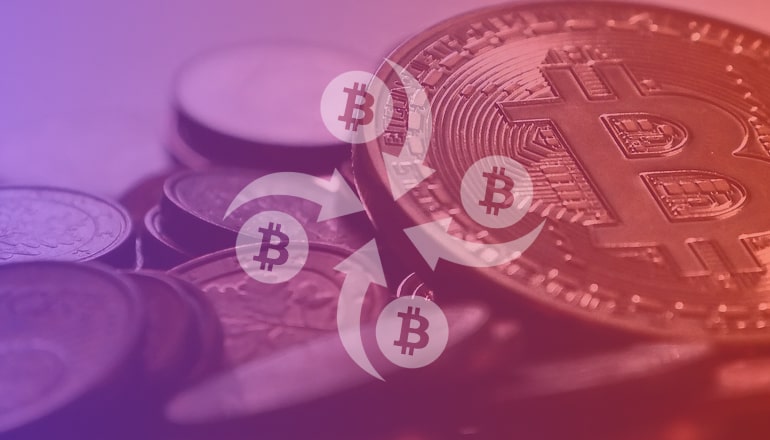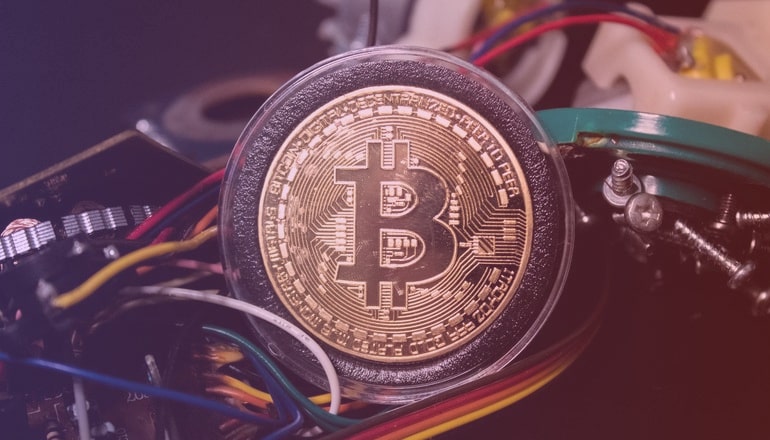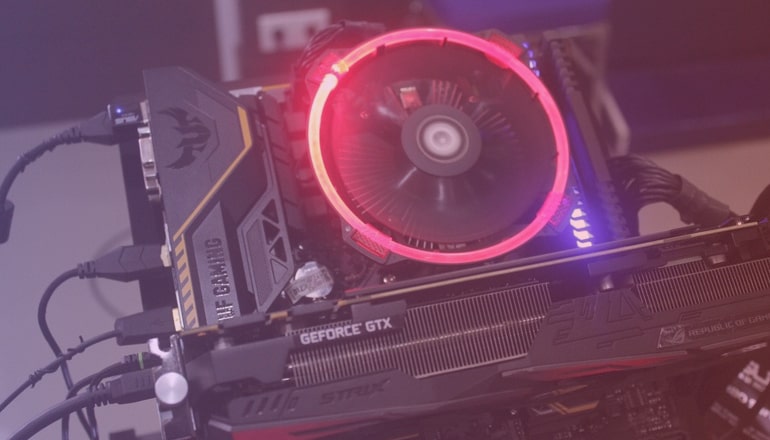What Is Bitcoin Tumbling? Problems And Easy Solutions
Bitcoin tumbling, or BTC mixing or anonymizing is a process people use to make their transactions untraceable and anonymous. This technique is often used by individuals who prefer to keep their identities and transactions private from the Bitcoin network. However, it has been blamed for being used to facilitate illegal activities, making it controversial among…








